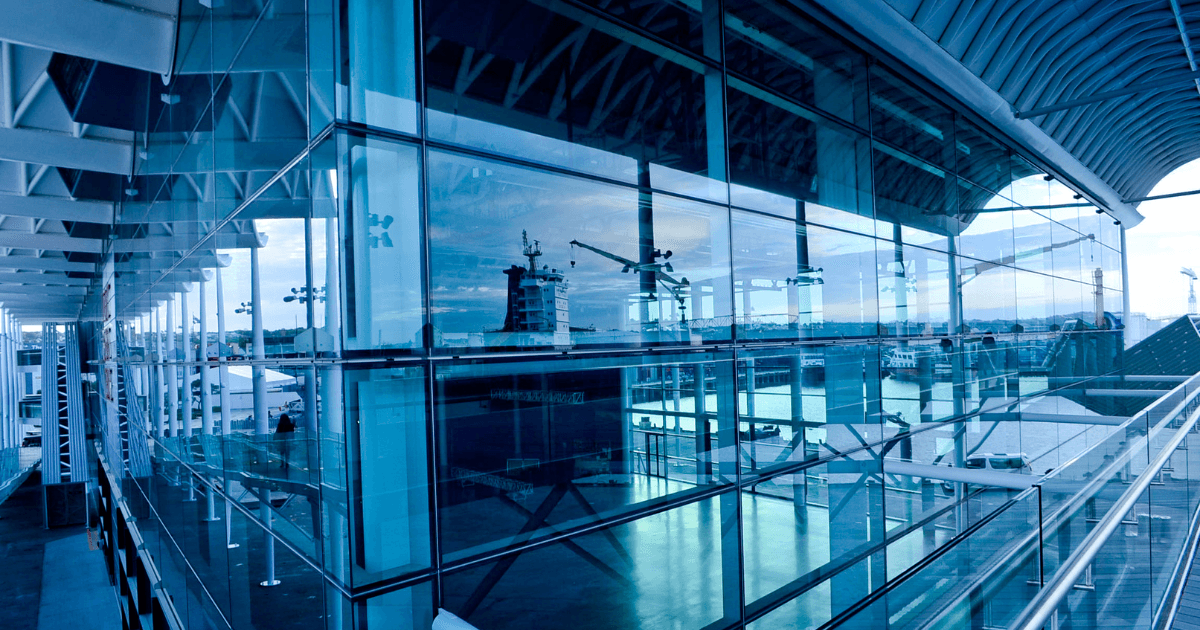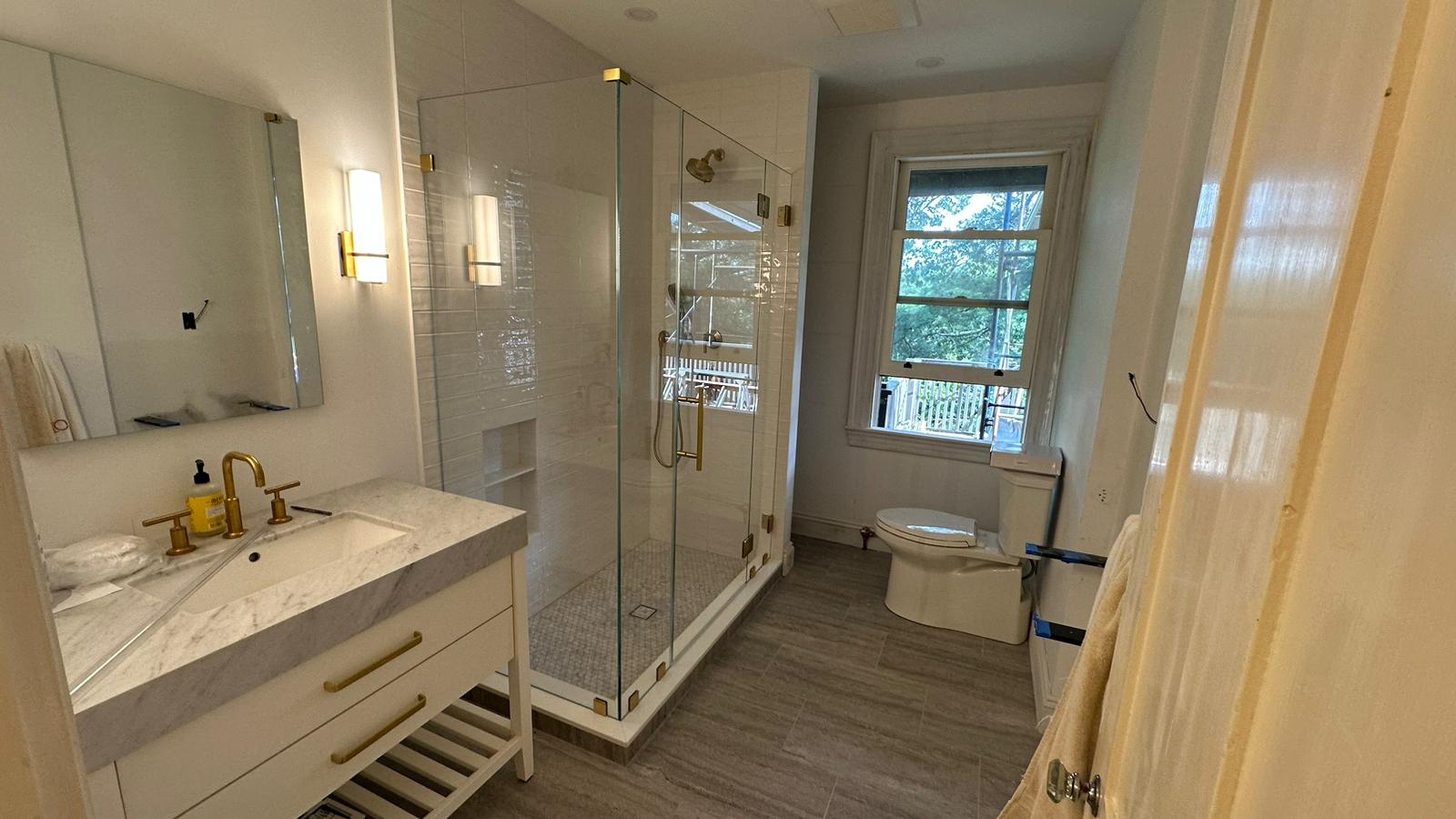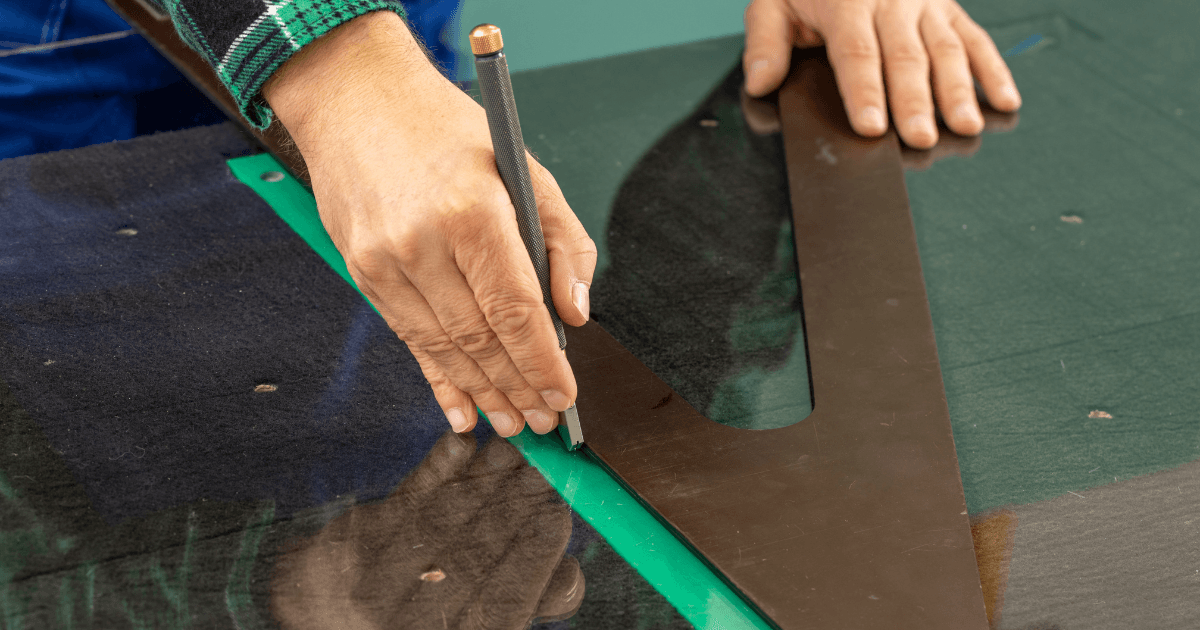The Advantages of Energy Efficient Glass for Homes and Offices
Energy-efficient glass, also known as insulated or low-E glass, is an excellent choice for reducing energy costs and enhancing indoor comfort. By minimizing heat transfer, this type of glass helps maintain consistent indoor temperatures, making it popular in both residential and commercial settings. This guide explores the benefits of energy-efficient glass and where it works best.
How Energy Efficient Glass Works
Energy-efficient glass typically has a special coating or multiple panes:
- Low-E Coatings: Reflects infrared light, keeping heat inside during winter and outside in summer.
- Insulated Glass Units (IGUs): Consist of multiple panes separated by an air or gas layer, reducing heat transfer.
- UV Protection: Many types of energy-efficient glass block harmful UV rays.
Low-E energy-efficient glass window in a residential setting.

Benefits of Energy Efficient Glass
Energy-efficient glass offers multiple benefits:
- Lower Energy Bills: Reduces heating and cooling costs year-round.
- Improved Comfort: Helps maintain consistent indoor temperatures.
- Environmental Impact: Reduces carbon footprint by lowering energy usage.
Check out our energy-efficient glass options here.
Common Applications for Energy Efficient Glass
Energy-efficient glass is ideal for:
- Residential Windows: Helps homeowners save on energy costs.
- Commercial Buildings: Reduces operational costs in large spaces.
- Skylights and Sunrooms: Provides UV protection and temperature control.
Energy Efficient Glass vs. Commercial Glass
For businesses prioritizing energy savings, commercial glass with energy-efficient properties is a top choice.





